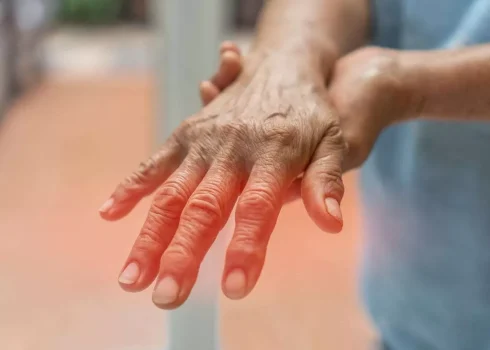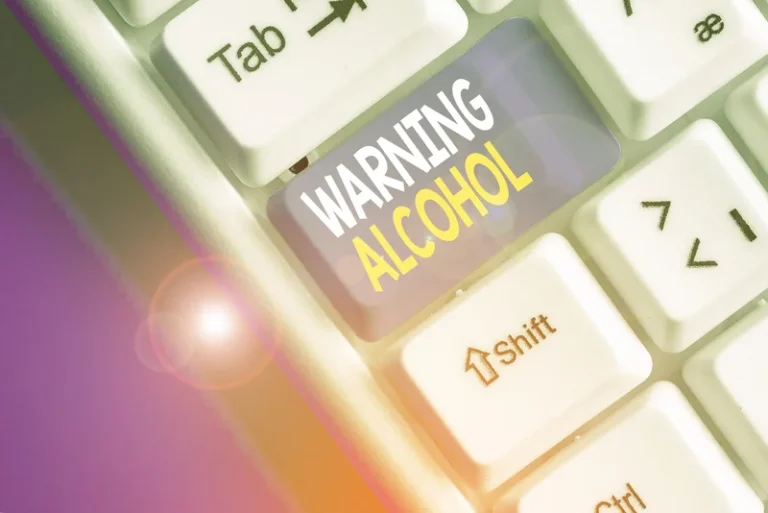Sober living
Understanding The Cycle of Drug & Alcohol Addiction What You Should Know
Drugs that cause addiction elicit pleasurable and enjoyable feelings by activating the brain’s reward and motivational systems through the release of dopamine in specific brain regions. Eventually, the ability of a given dose of the drug to release dopamine decreases as a result of changes in the brain, and a person must then use more drug to get the same degree of pleasure. As the body becomes accustomed to the addictive substance or behaviour, tolerance develops, and the individual may require larger amounts of the substance or more frequent engagement in the behaviour to achieve the same pleasurable effects. At this stage, when the substance or behaviour is not available or its effects wear off, individuals often experience withdrawal symptoms and negative emotions such as anxiety, irritability, and discomfort.

The 7 Stages of Addiction
The risky use stage is characterized by an escalation in substance or behavior consumption. Individuals engage in the activity despite being aware of its potential negative consequences. They may take risks, disregard personal boundaries, or engage in dangerous behaviors while under the influence. In this stage, the individual’s ability to control their substance use or behavior becomes compromised. Understanding the stages of addiction is essential in recognizing and addressing the challenges individuals face throughout their journey.
- At this stage, individuals might feel a compelling need to use the substance to function normally or feel good.
- This often involves acknowledging the harmful impact that addiction has on various aspects of one’s life, including physical health, mental well-being, relationships, and overall quality of life.
- Eventually, in the absence of the substance, a person may experience negative emotions such as stress, anxiety, or depression, or feel physically ill.
- The liaisons also work directly with patients who are soon to be released from jail.
What’s next for Hunter Biden after conviction on federal gun charges
Contemplators typically benefit from non-judgmental information-giving and motivational approaches to encouraging change (rather than confrontational methods). Copyright © 2024, AddictionHelp.com The information provided by AddictionHelp.com is not a substitute for professional medical advice. View our editorial content guidelines to learn how we create helpful content with integrity and compassion. cycle of addiction Our free email newsletter offers guidance from top addiction specialists, inspiring sobriety stories, and practical recovery tips to help you or a loved one keep coming back and staying sober. Uplift Recovery Center provides you with recovery in a loving, professional environment. Understanding the health impacts of caffeine overuse is a collaboration among teens, caregivers, and clinicians.
COVID-19 Webinar: Public Health and Legal Implications of Flexibilities for Substance Use Treatment
As tolerance develops, individuals require higher doses of the substance to achieve the same desired effects they initially experienced. It’s important to note that the addiction cycle is a complex and individualised process, and not everyone progresses through these stages in the same way or at the same pace. Additionally, some models of addiction may include additional stages or variations of these stages to capture the nuances of different types of addiction and individual experiences.
- One adaption arises from within the reward system, where chronic exposure to a reward decreases dopaminergic tone in the NAcc.
- They help create a release plan that expedites them into doctors appointments or treatment programs and prepares them for when they eventually leave.
- The decreased effects of natural rewards translate to decreased satisfaction in interpersonal relationships at work and home.
- Understanding and identifying each stage is critical for effective relapse prevention, and breaking free from the cycle of addiction is possible, with the right help and support.
- Recognizing the progression through these stages is crucial in understanding the urgency of intervention and treatment.
- The brain is made up of many parts with interconnected circuits that all work together as a team.
- People struggling with addiction usually deny they have a problem and hesitate to seek treatment.
- Bajo et al. (2014), investigated the effects of morphine on GABAergic transmission in rat central amygdala (CeA) neurons and found that acute and chronic morphine exposure and withdrawal alters opioid and GABA signaling in the central amygdala.
- Recognising these addiction triggers can be the first step toward developing recovery strategies.
- Together this work represents the most current understanding of how acute and/or chronic exposure to abused substances engages and/or pathologically alters distinct brain circuits.
- When people are in the precontemplation stage, they are often not very interested in hearing about negative consequences or advice to quit their addiction.
- The first stage of addiction is called initiation, during which time the individual tries a substance for the first time.
- Because addiction affects the brain’s executive functions, centered in the prefrontal cortex, individuals who develop an addiction may not be aware that their behavior is causing problems for themselves and others.
Recognizing unhealthy drug use in family members

